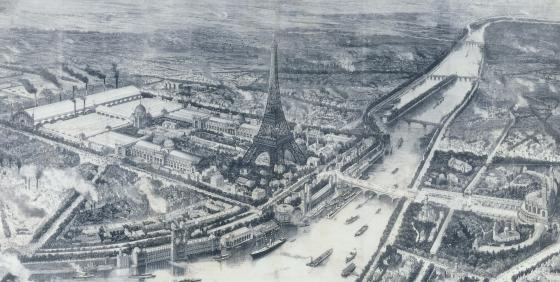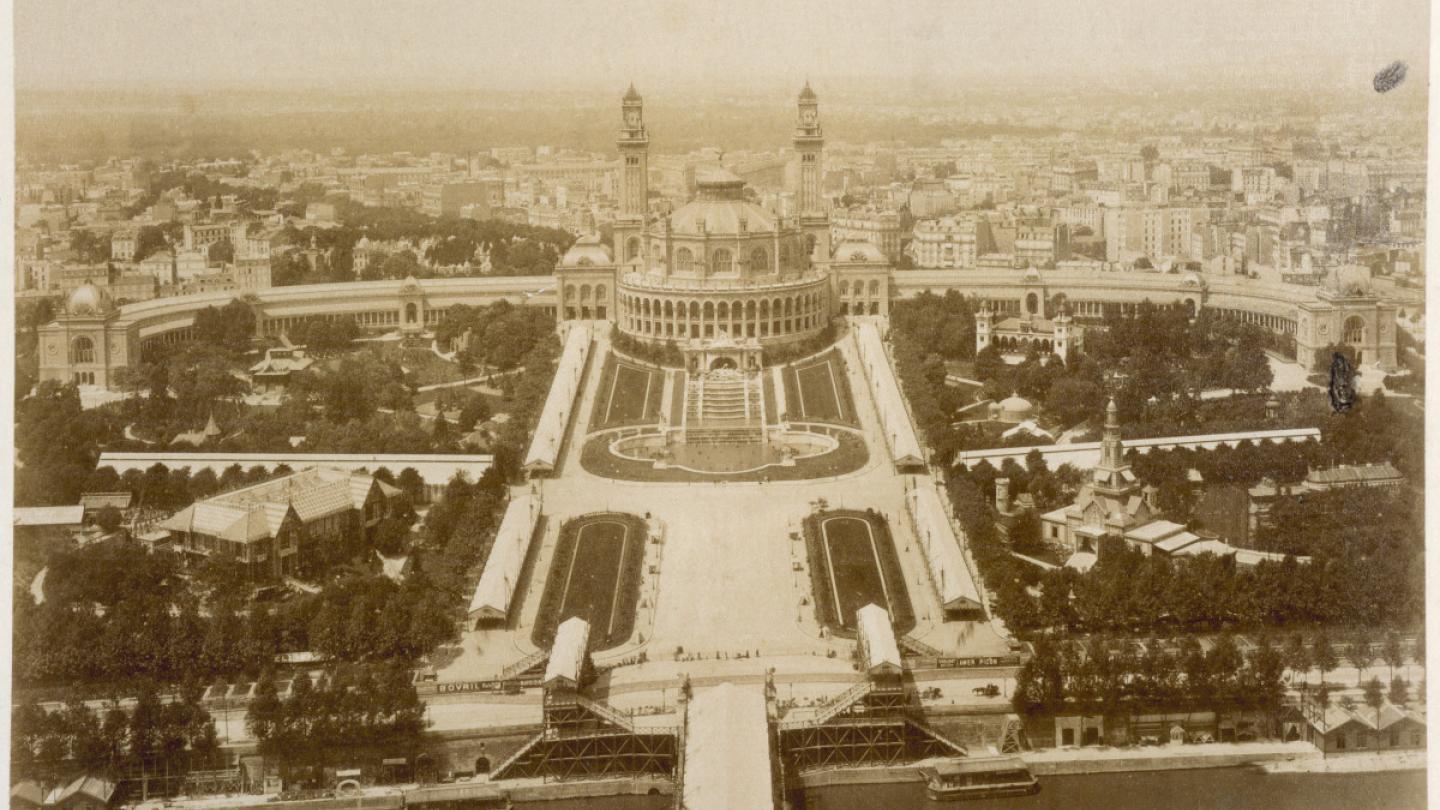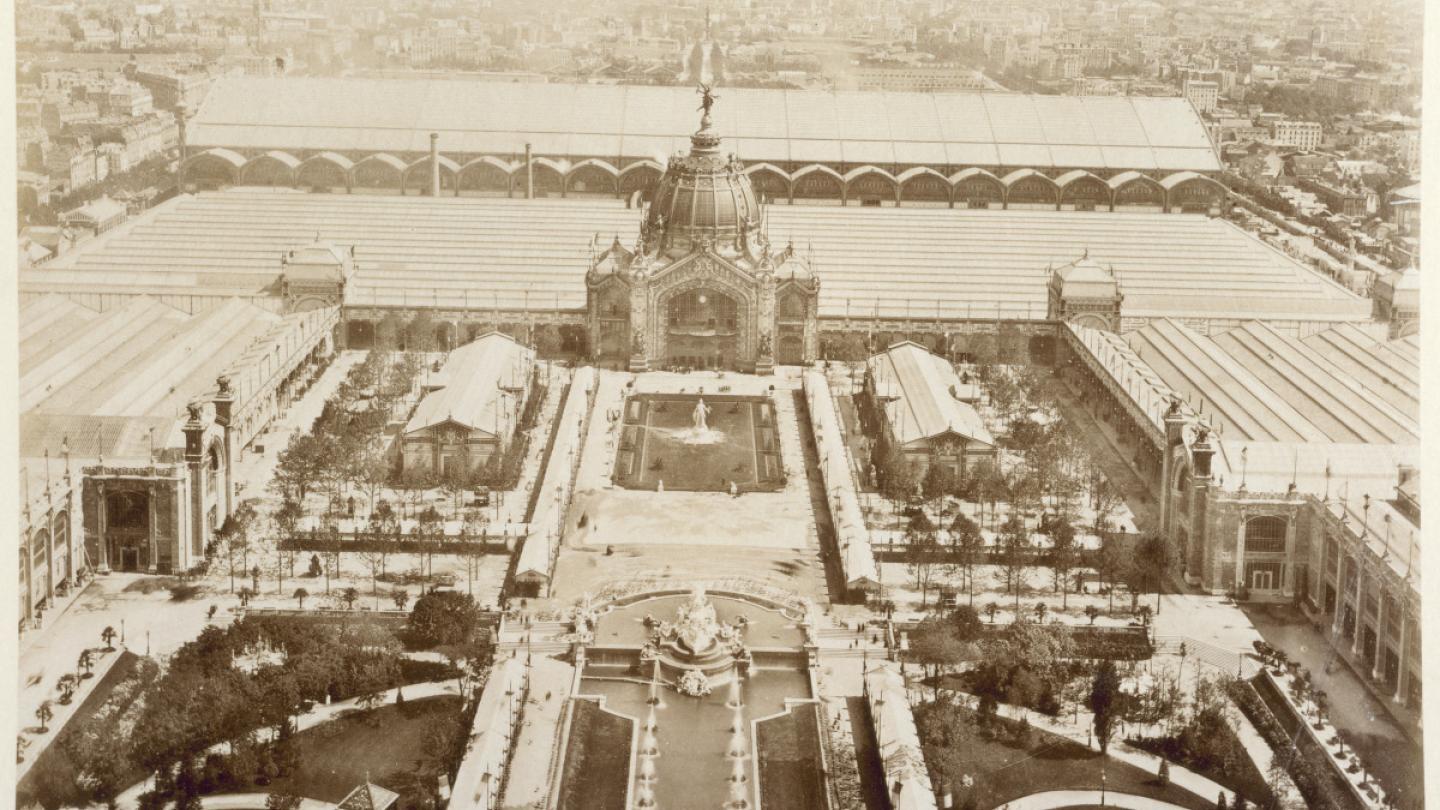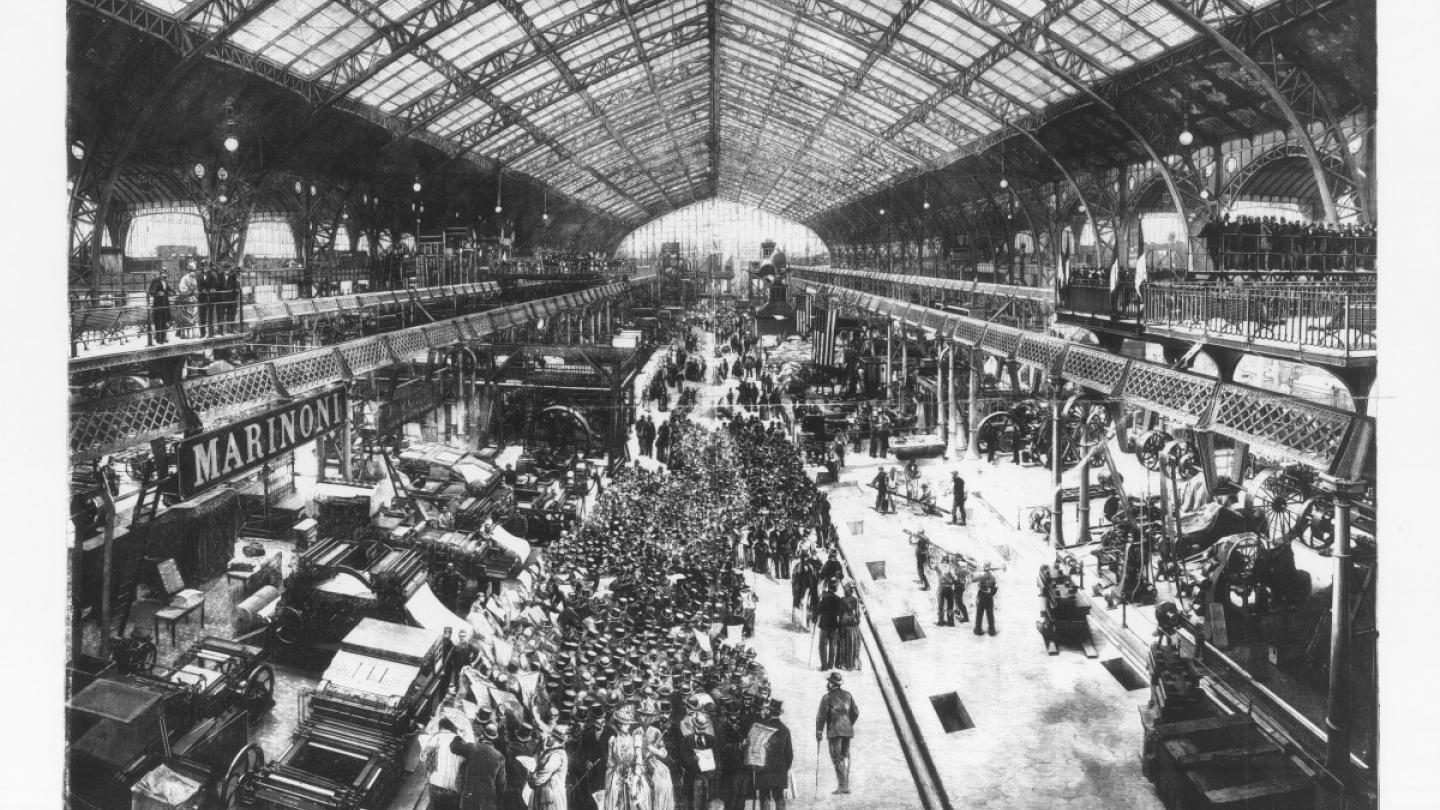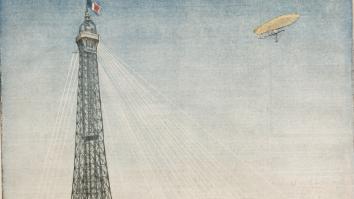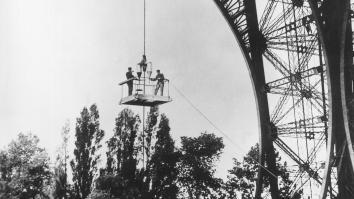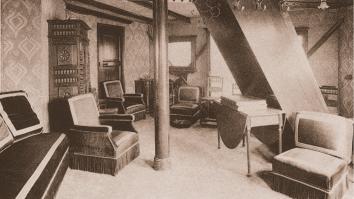Taking stock of the 1889 World's Fair
Tuesday 7 April 2020
Modified the 18/01/22
In 1851, London launched the era of international exhibitions in a spectacular way, with an immense and unique prefabricated building made of iron, wood, and glass. France responded swiftly, because something about these exhibitions always stirs up national pride. In 1855, a large palace with a stone facade and vaults of cast iron and glass was built on the Champs-Élysées in Paris. At the height of the Second Empire, in 1867, a gigantic oval building that covered a large part of the Champ de Mars was completed by small pavilions tucked into a peripheral garden.
Trocadéro and Champ de Mars, the exhibition venues
In 1878, Trocadero Palace was erected on Chaillot hill, it’s two huge wings encircling a concert hall that contained 4,600 seats. At the same time, the Champ de Mars saw the construction of a series of minutely designed glass galleries with no particular monumental effect, except for the quadrilateral angles of the pavilions.
The 1889 World’s Fair took on a whole new dimension. It celebrated the 100th anniversary of the French Revolution as well as the strength of national industry, under the auspices of the Republic and its colonial empire, which had closed the gap with England. Covering an area of 125 acres, it copied the typology of the previous exhibition (in 1878), with galleries occupying part of the Champ de Mars, crowned with monumental domes, and pavilions scattered throughout the gardens. Only about thirty of these were national pavilions, and there was a strong American presence because the European monarchies boycotted the event.
It also celebrated two technological feats of metalwork: the world's largest building, the Galerie des Machines, which covered an area of 420 by 110 meters with no internal supports, and the world's tallest tower. These two structures were intended to outlive the fair, but the Galerie was dismantled in 1909 because no sustainable use for it was found, and the Tower was of course preserved through the efforts of its builder, Gustave Eiffel.
32 million visitors!
Other pavilions were dismantled and reconstructed. In total, the exhibition welcomed more than 32 million visitors over six months, of which only two million ascended the Eiffel Tower, with a record of 400,000 in a single day. Admission to the World’s Fair cost one franc, but you had to pay an additional five francs to climb the Tower. Some 61,000 exhibitors, more than half of whom were French, presented artistic and industrial products.
Although few traces remain apart from the Eiffel Tower, the 1889 exhibition was undoubtedly one of the most spectacular of its time, inviting the general public to discover new inventions that would have a huge impact on the future, like electricity and the telephone. All this was presented in a stunning panorama where the ruggedness of the metal frameworks was tempered by the ceramics, terracotta and stained glass which adorned the walls of the buildings.
The 1889 World Fair of Paris
You liked this article ? ? Share it
Opening times & Ticket prices
Today :
09:30 - 23:00
Price :
28.30€
Take Paris’ most spectacular ride to the top for €28.30 or less (€28.30 for adult ticket with access to top by lift).
